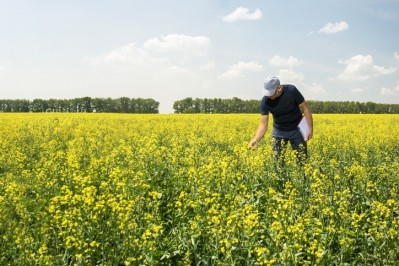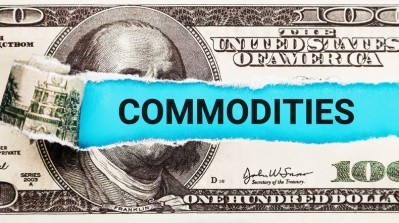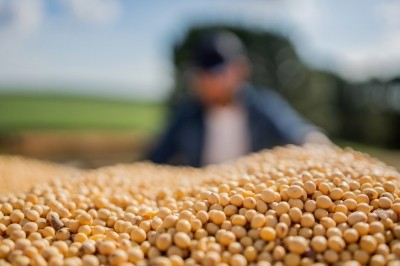Agri-commodity market tracker: What’s in store for 2024?

Identifying pivotal factors poised to influence the markets over the next 12 months, one salient theme is the anticipated shift in the interest rate cycle.
An emerging trend suggests that major economies, successful in taming inflation, might pave the way for central banks to embark on interest rate cuts throughout 2024, barring unforeseen developments, according to the CRM Agri review.
Investors are placing their bets on the US Federal Reserve initiating rate reductions as early as March, with subsequent cuts expected – a potential boon for grain prices, given their inverse correlation to US borrowing costs, said the analysts.
However, the ripple effect on European prices may be tempered if the Bank of England and European Central Bank diverge from the Fed's course. This divergence could support the pound and euro, consequently weighing on the local value of assets, particularly grains denominated in dollars, they forecast.
Predicting the exact timing of rate cuts remains challenging, as evidenced by the uncertainties prevailing in 2023, they added.
Oil prices
Evaluating the energy markets, and the analysts believe the trajectory of grain markets may find guidance from oil prices.
Crude price volatility could intensify with the Israel-Gaza conflict spilling into regional tensions or heightened US sanctions against Iran, a supporter of the Houthi rebels disrupting Red Sea shipping, they said.
Elevated oil prices are a supportive factor for crops like wheat, corn, and rapeseed, primarily used in biofuel production, found the CRM Agri team.
The potential for OPEC+ oil producers to sustain supply reductions could act as a stabilizing force, though historical patterns suggest a waning discipline over output cuts as prices rise, caution the grain and oilseed market experts.
Despite the increased cost of production for farmers due to higher oil prices, a silver lining exists for European growers, with regional gas prices retreating to historical norms and reducing fertilizer costs.
Geopolitical trends
Turning attention to geopolitical factors, concerns loom over a potential economic slowdown in China, fueled by a housing market downturn. Then there is the prospect of strained relations with the US in the event of Donald Trump's return to the White House, said the experts.
The US will hold a presidential election in November, at which Trump, who is reportedly considering a 10% levy on all US imports, including food, is currently expected to represent the Republican party, they continued.
Algeria, India, Indonesia, Mexico, and Russia are among other leading agricultural trading nations scheduled to hold elections this year.
And looking to Asian tensions: Taiwanese elections could provoke assertive actions from China if won by the China-sceptic Democratic Progressive Party, predicted the CRM Agri team.
So, as in 2023, a combination of economic factors and geopolitical developments will continue to shape the trajectory of grain and oilseeds markets worldwide.












